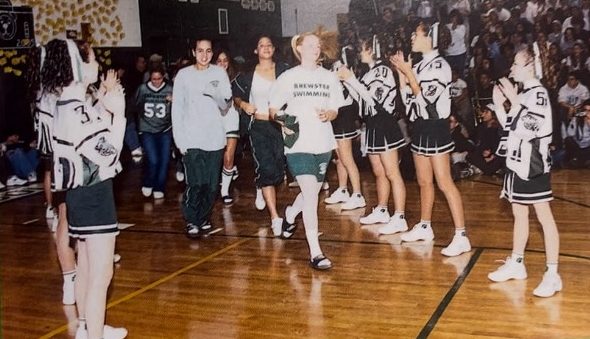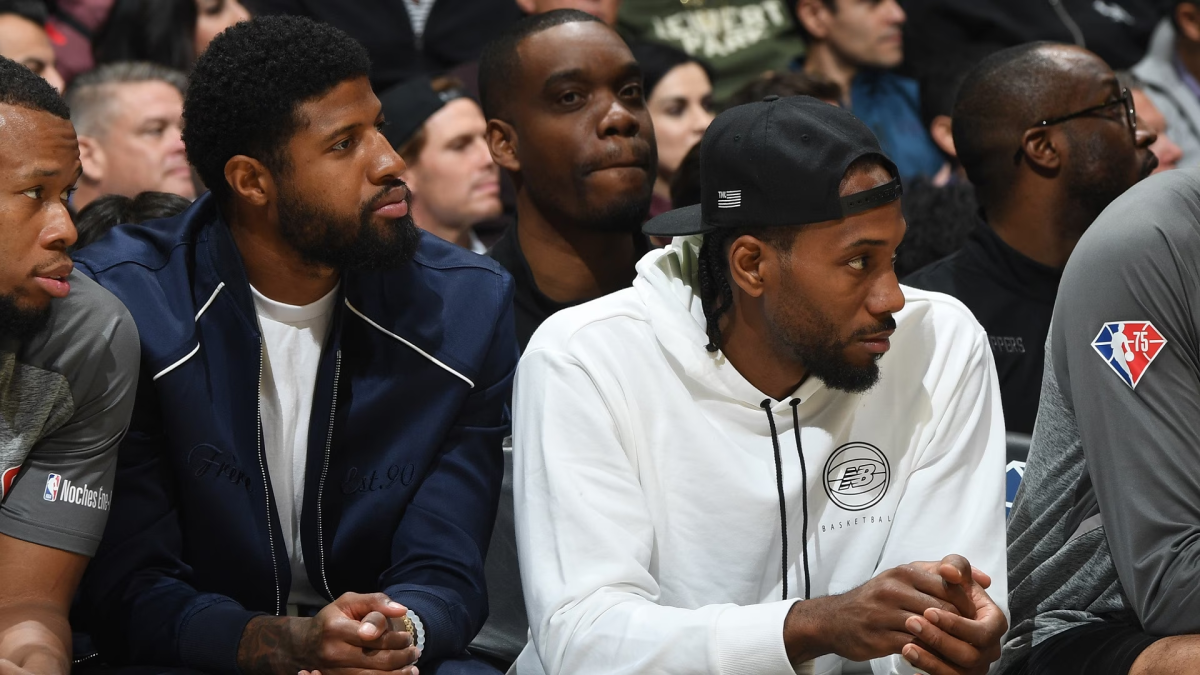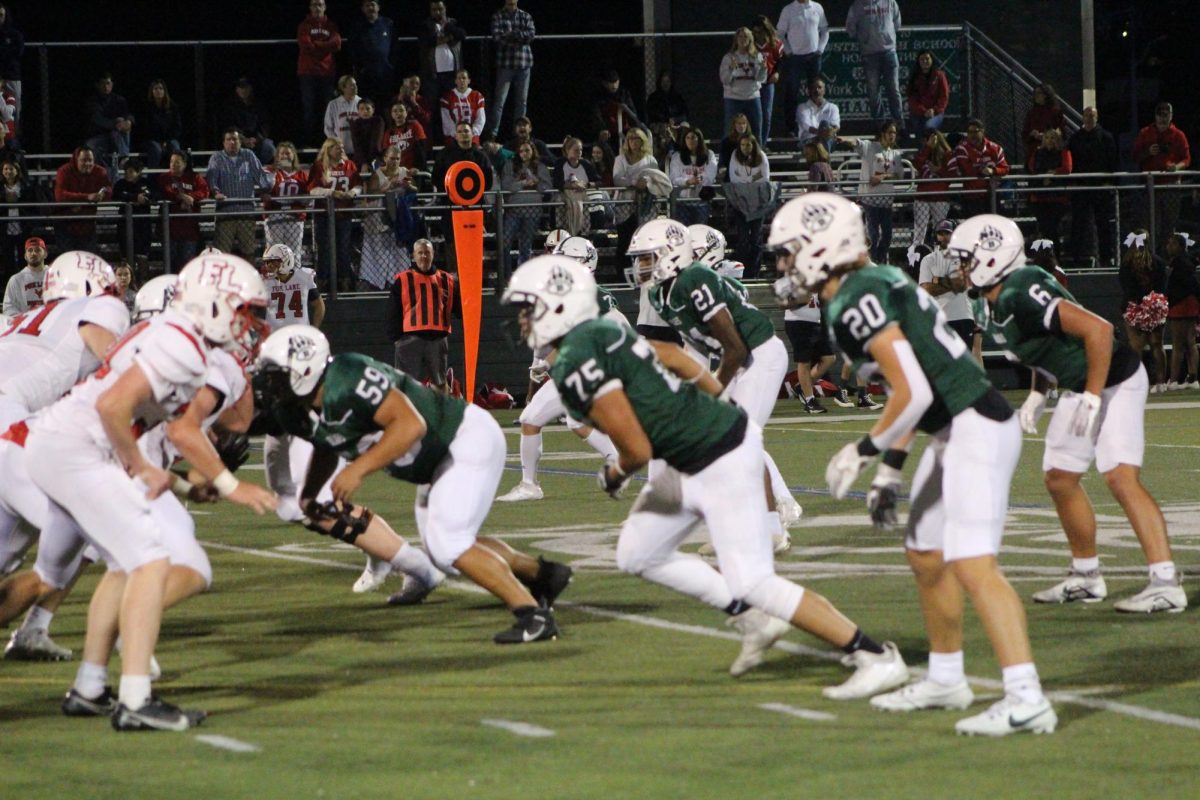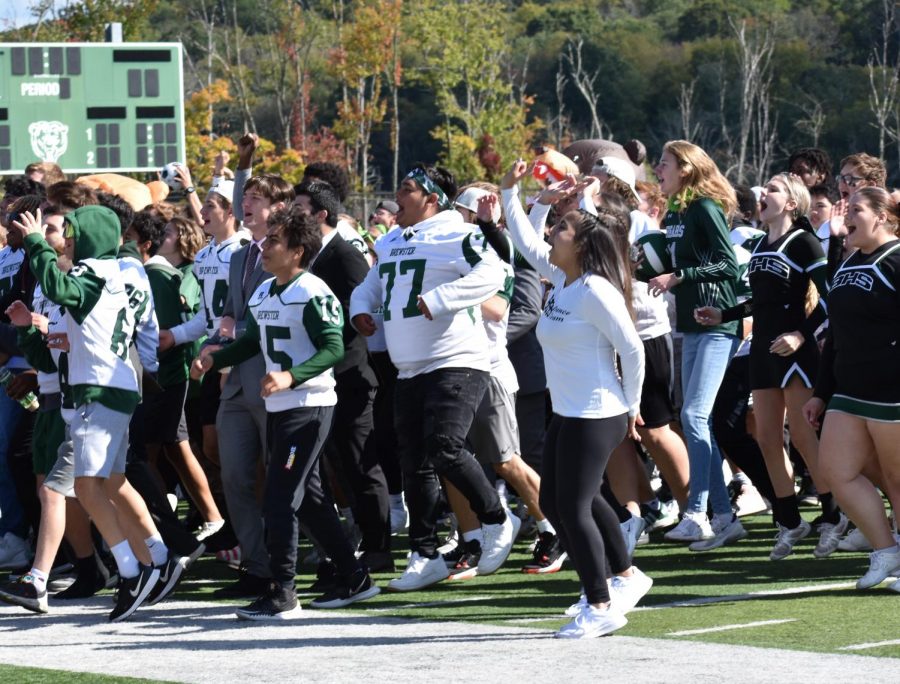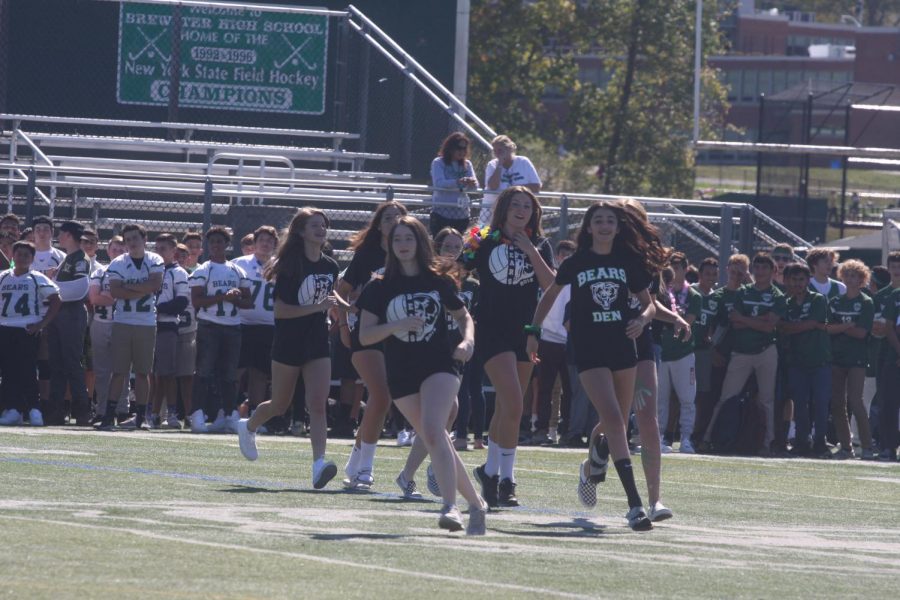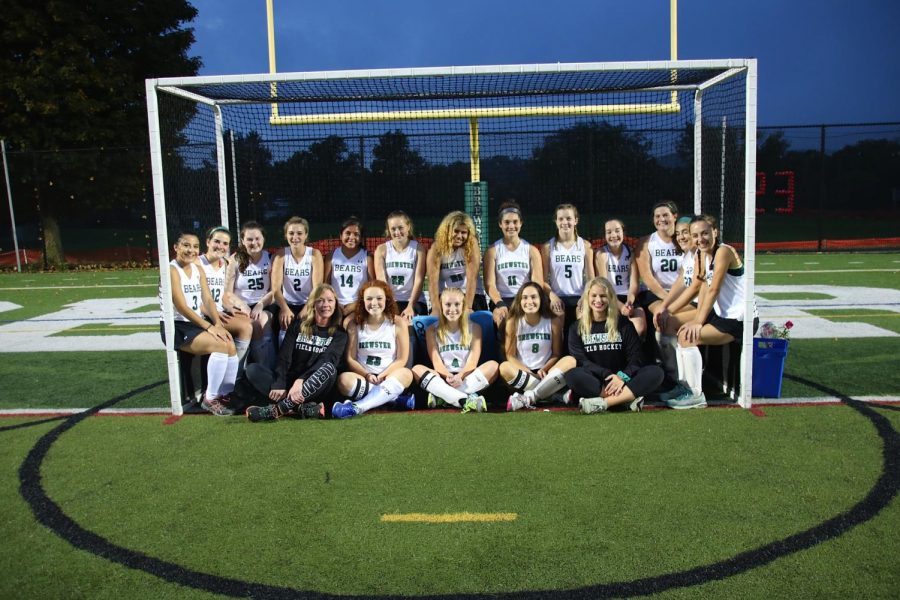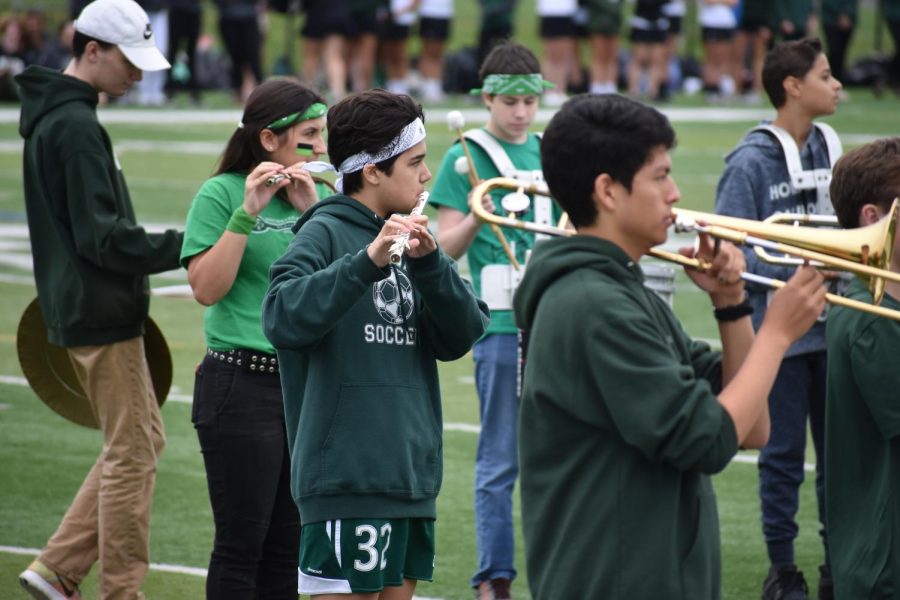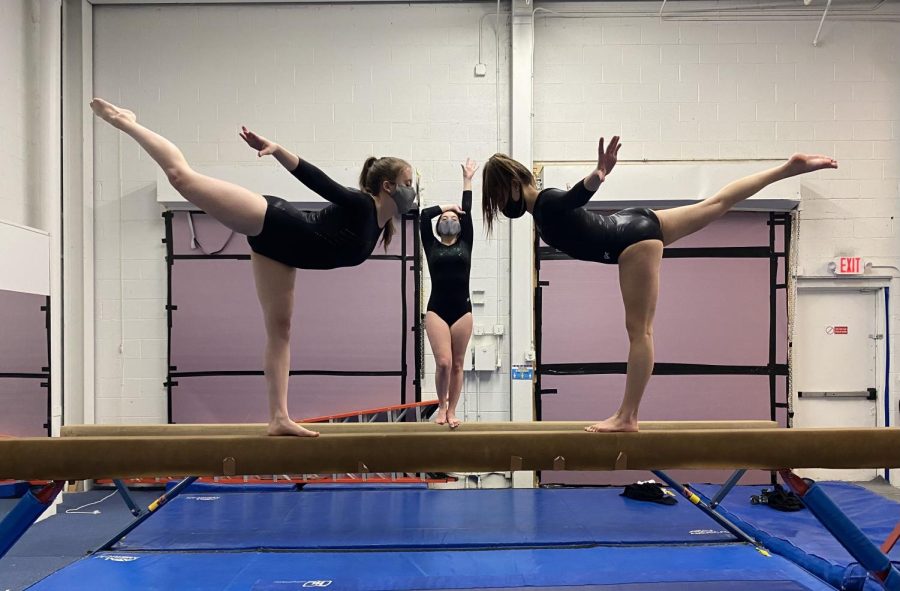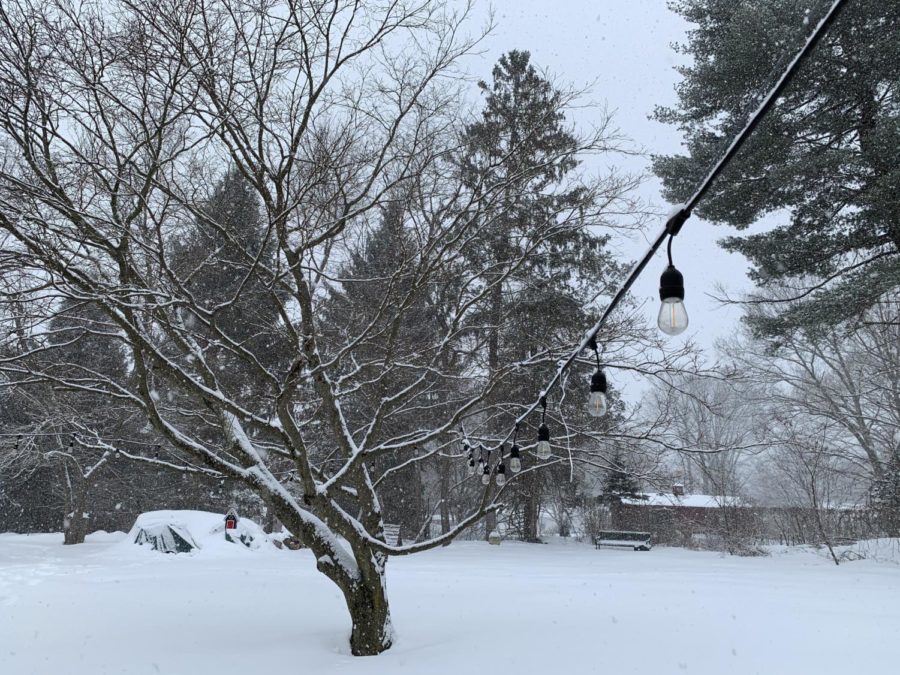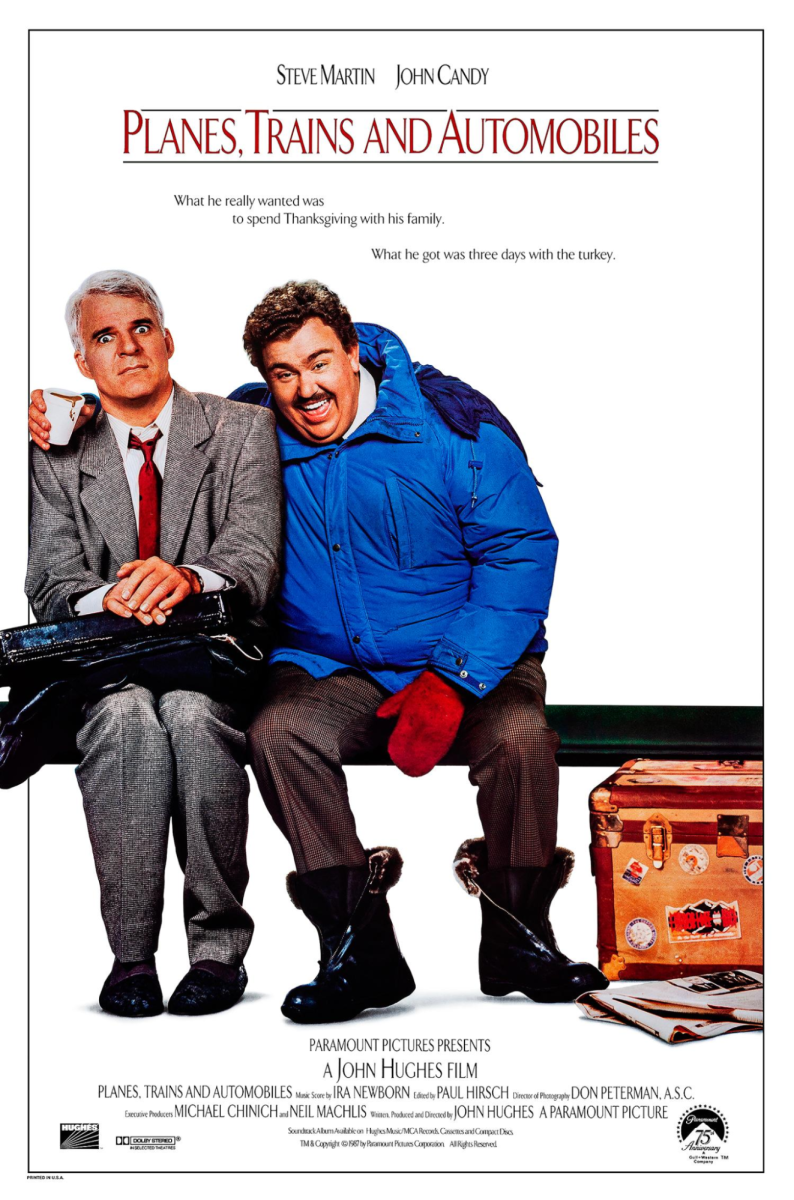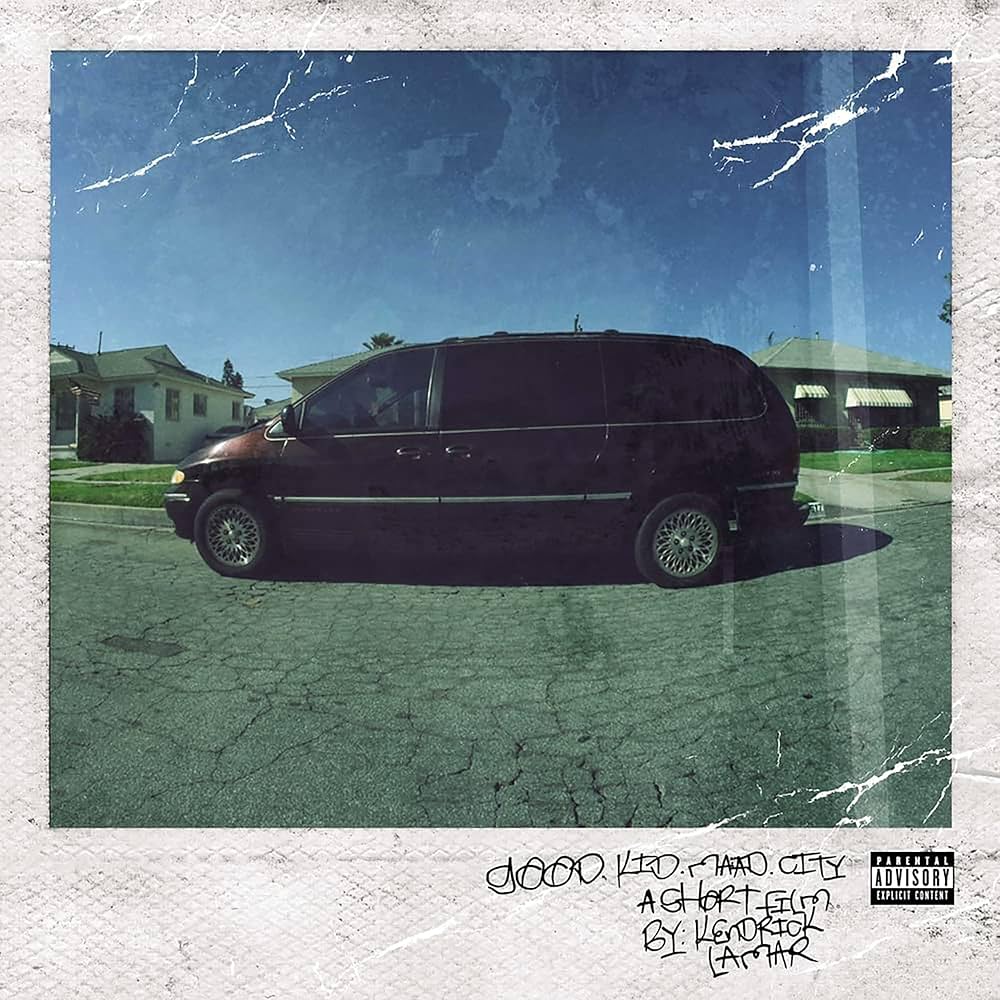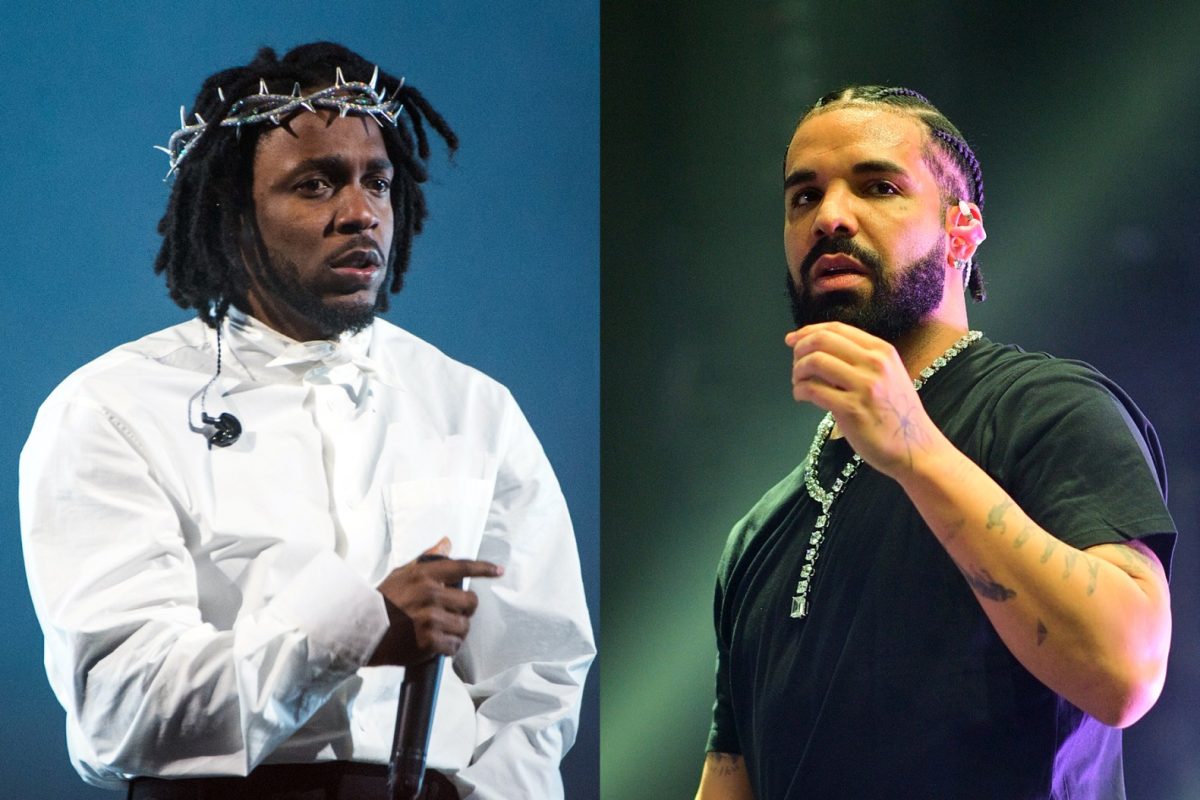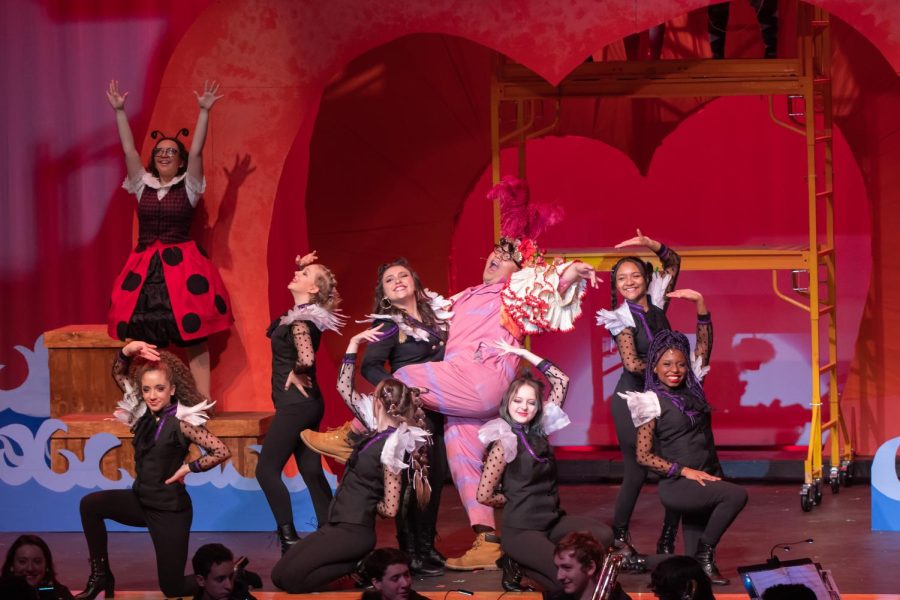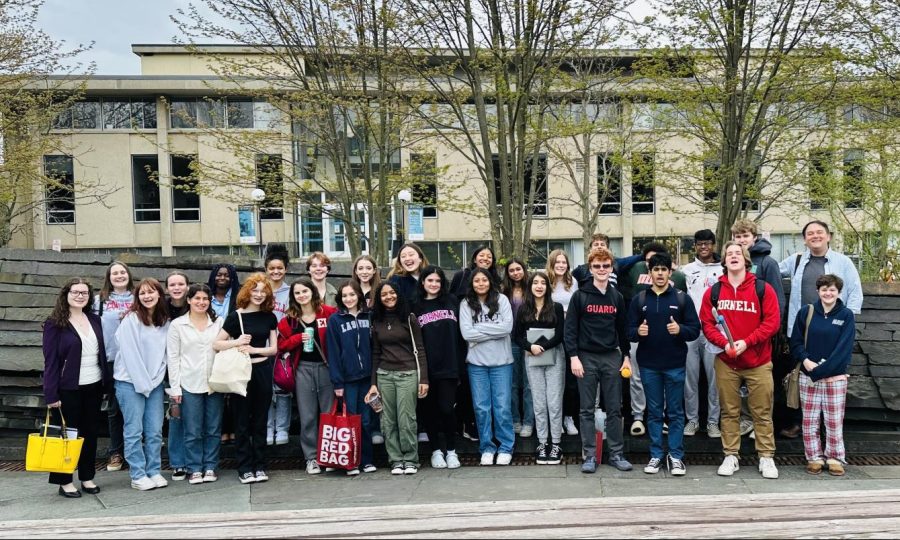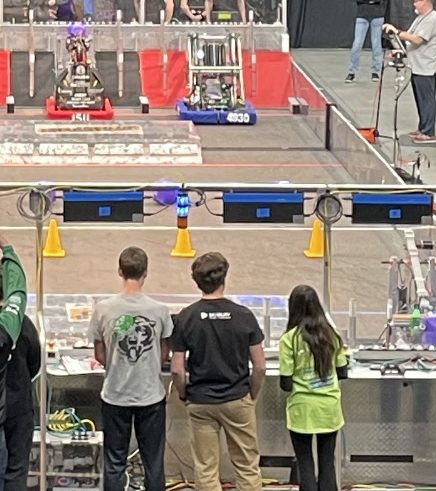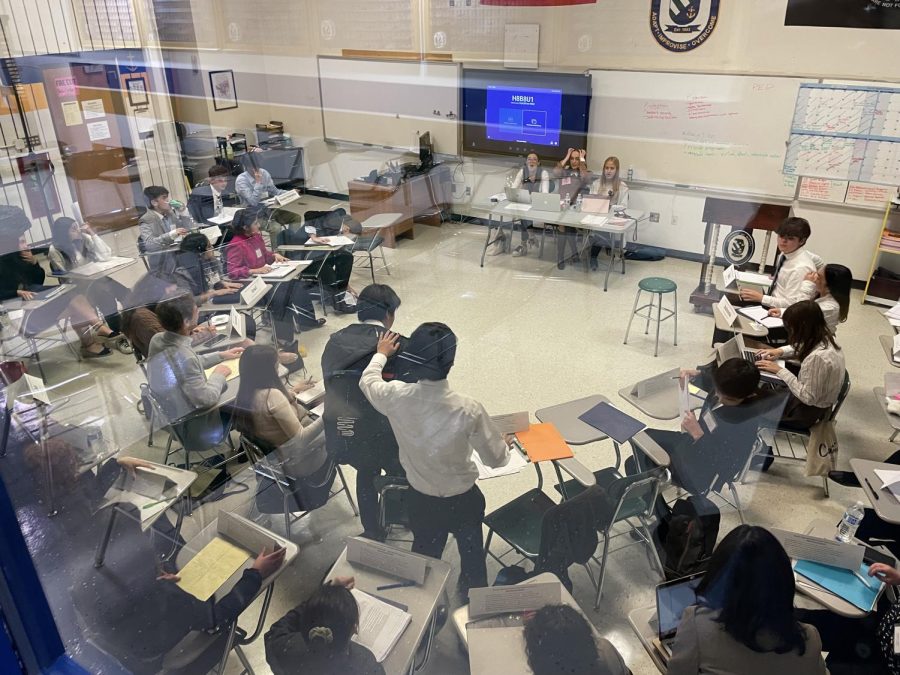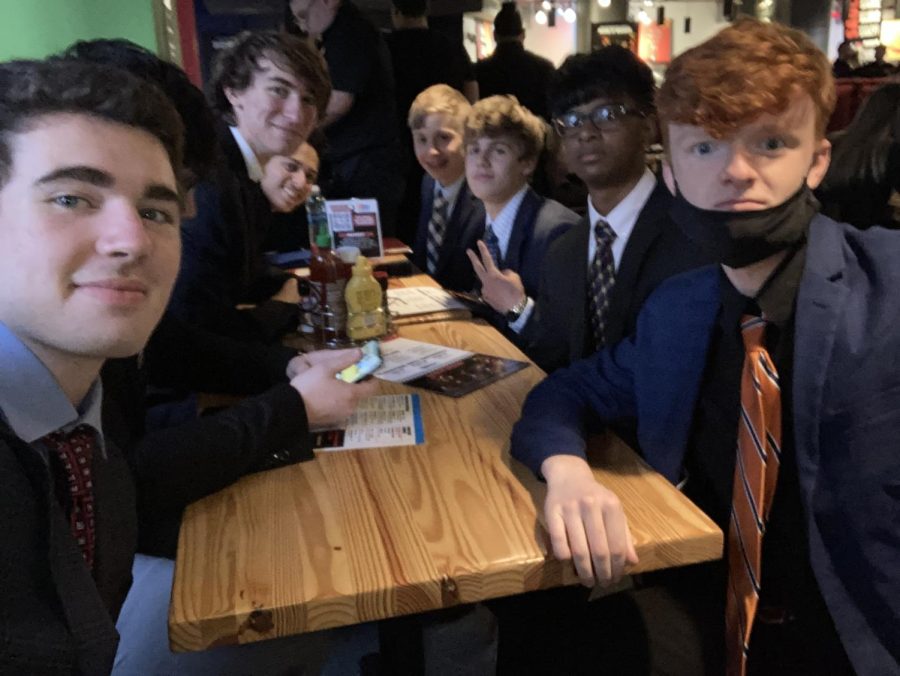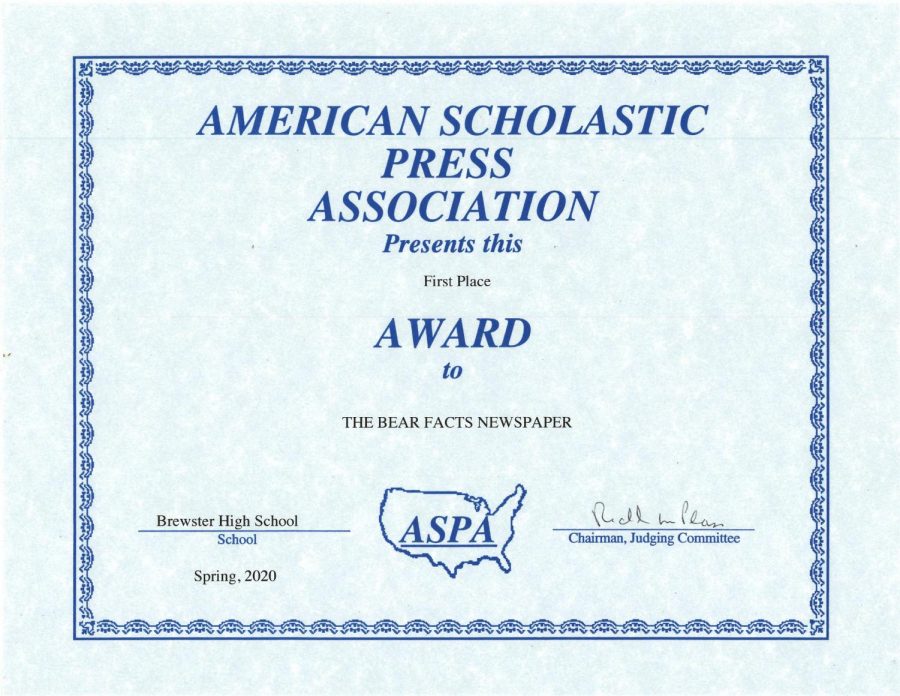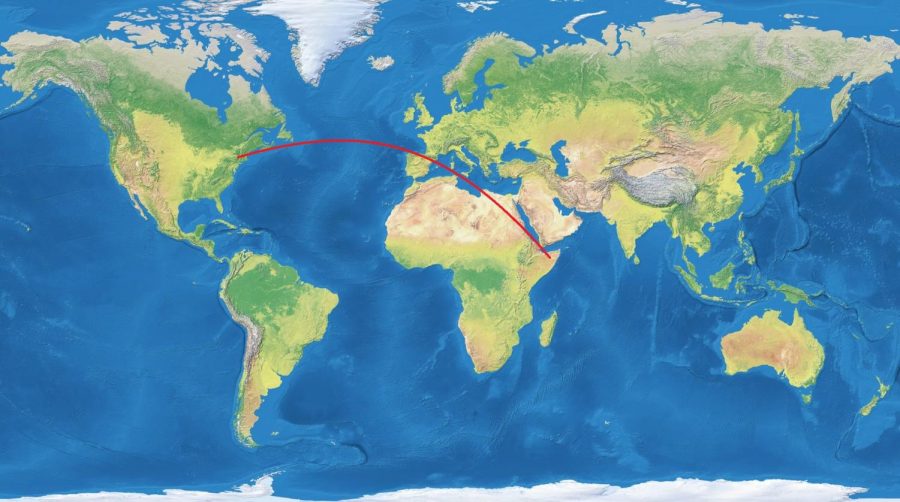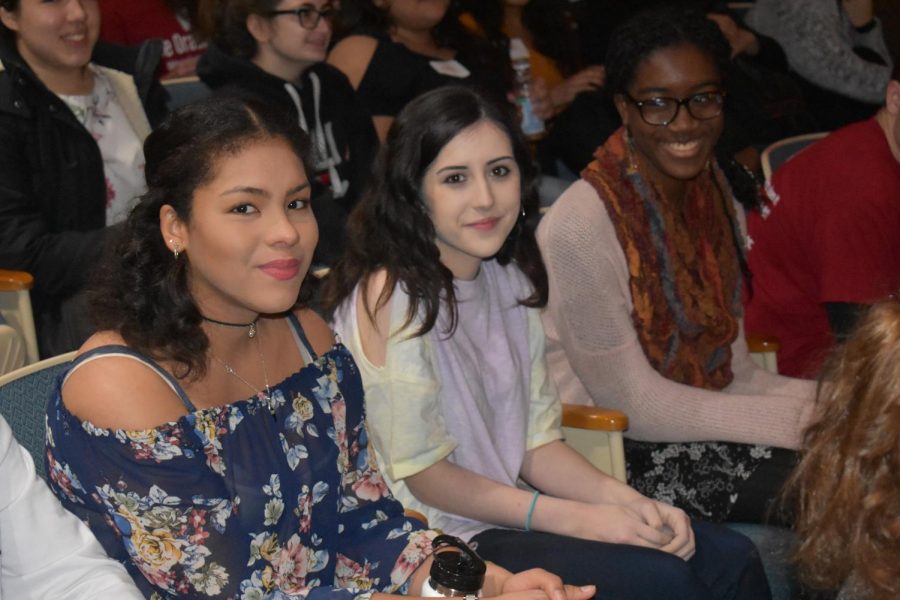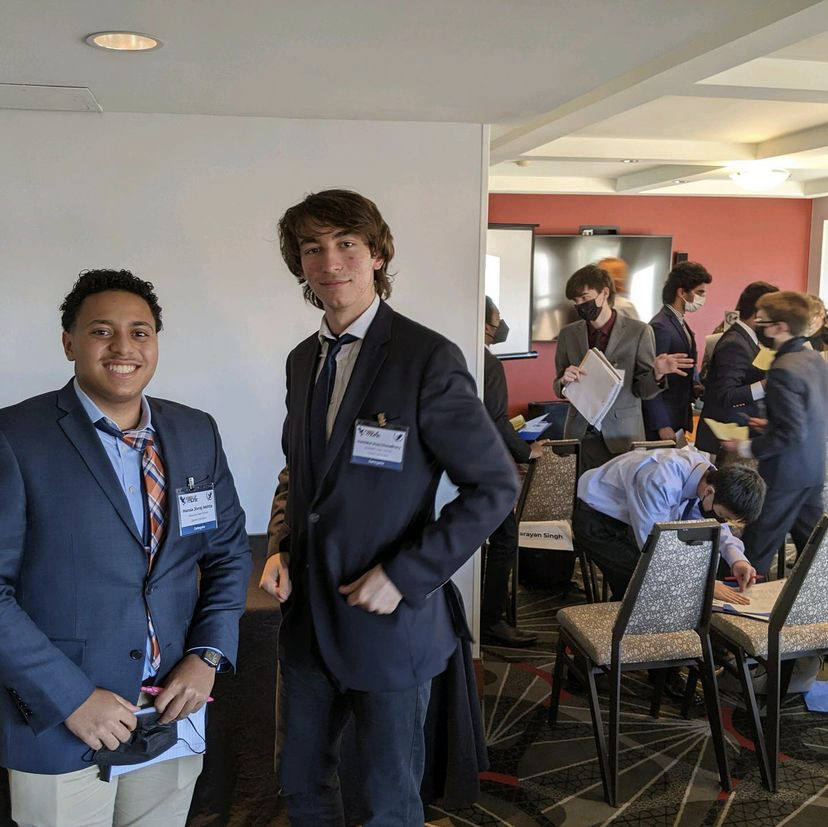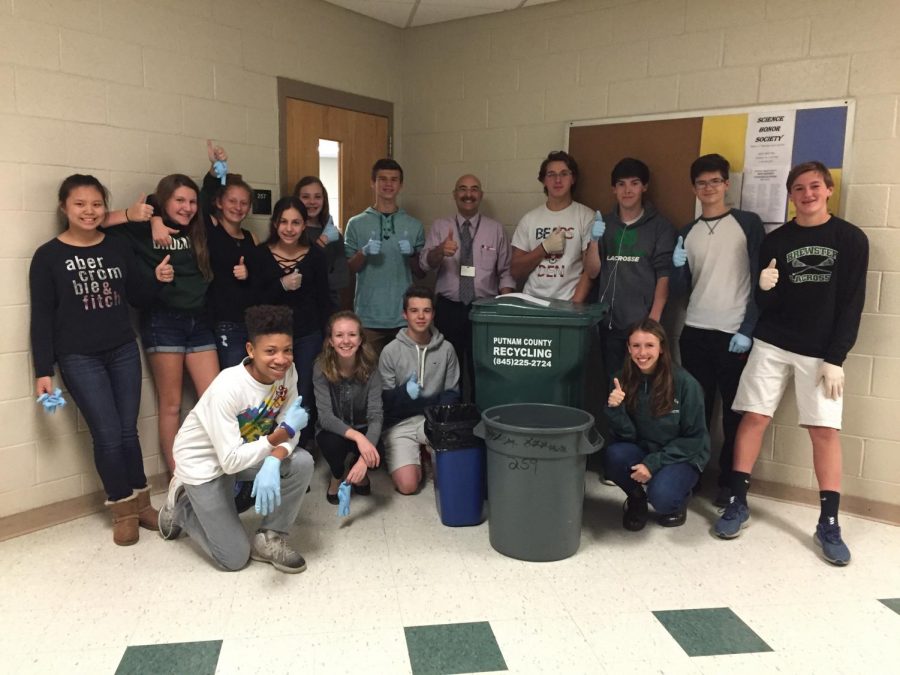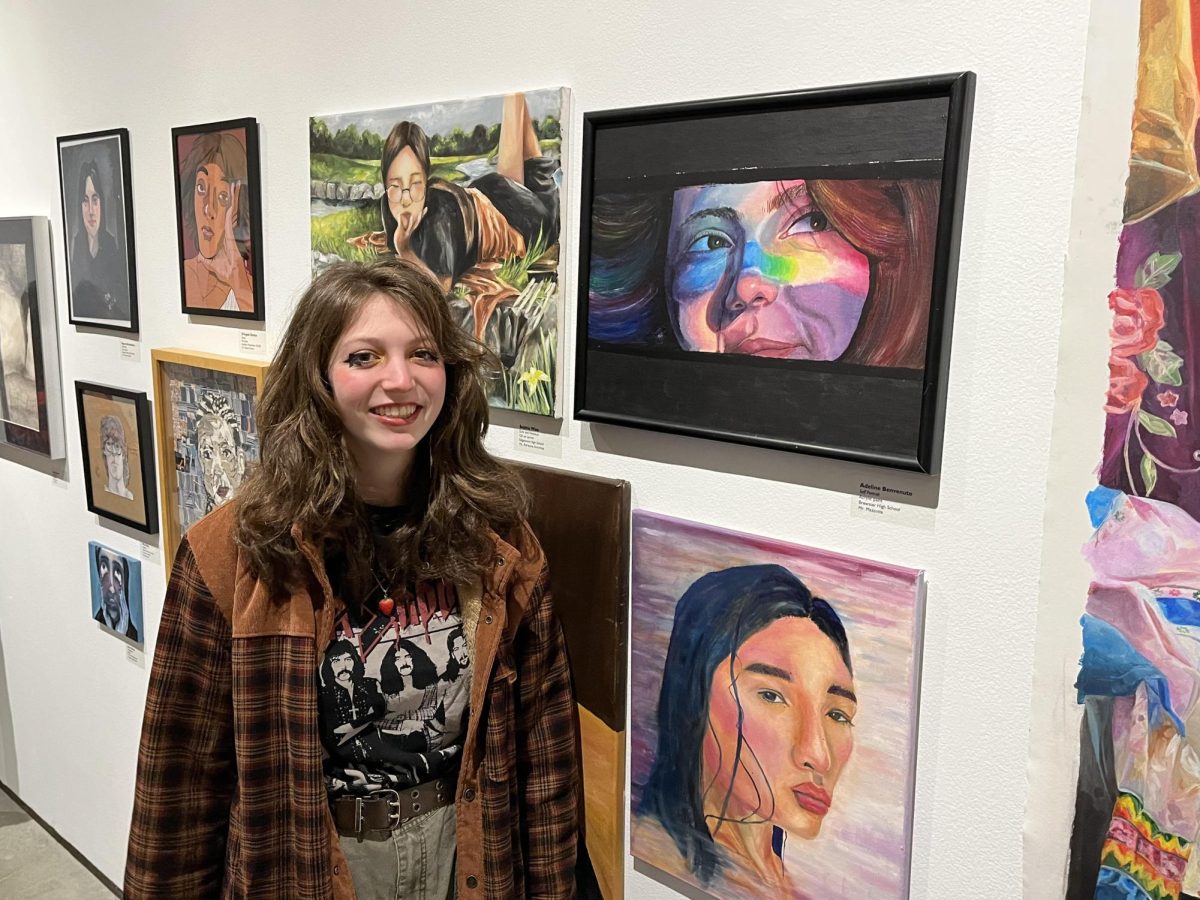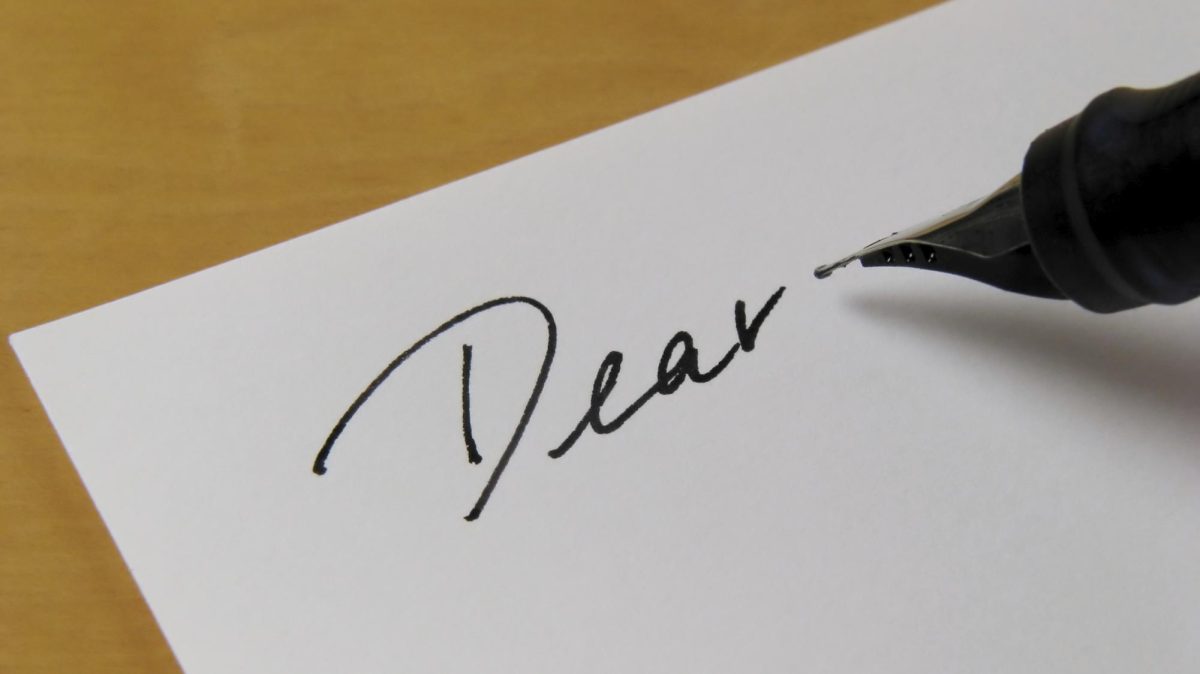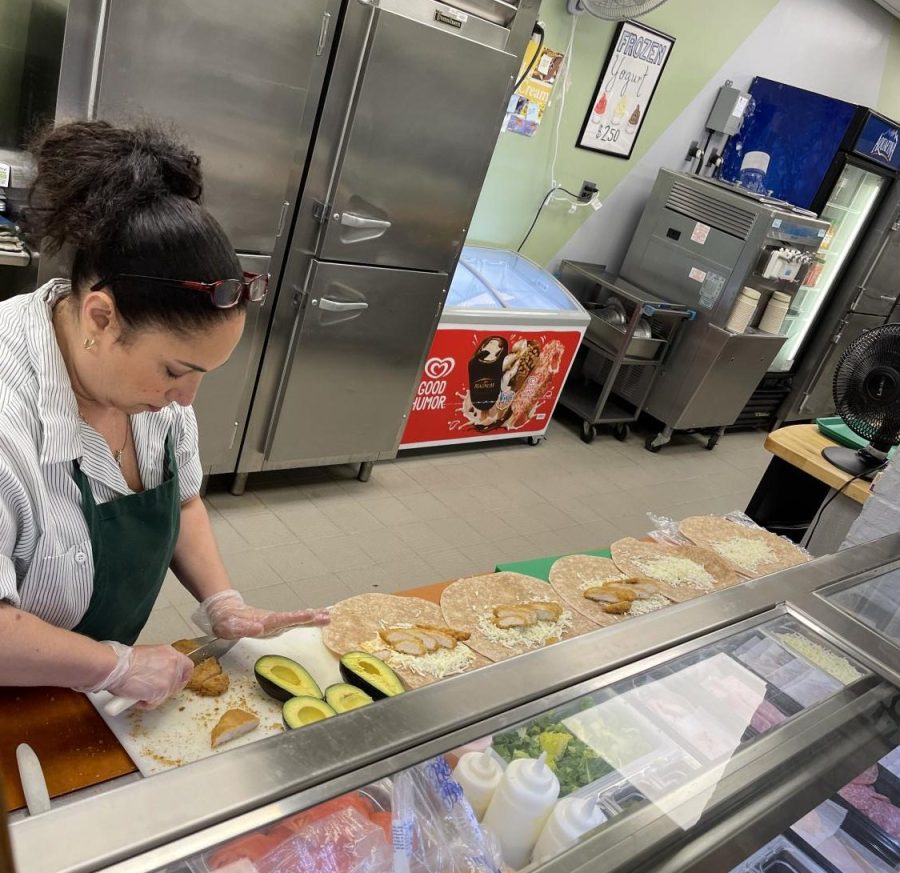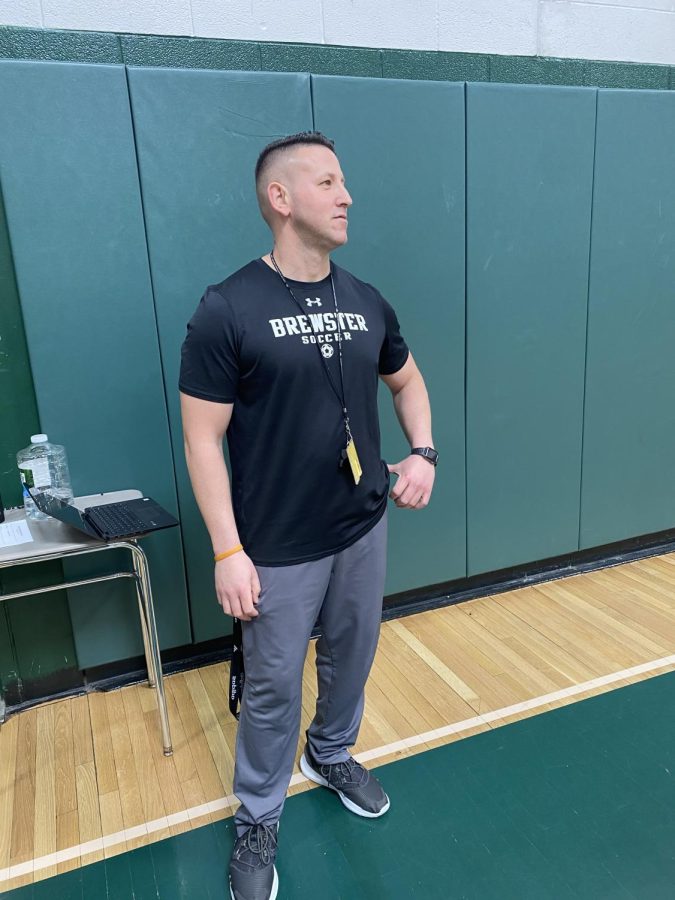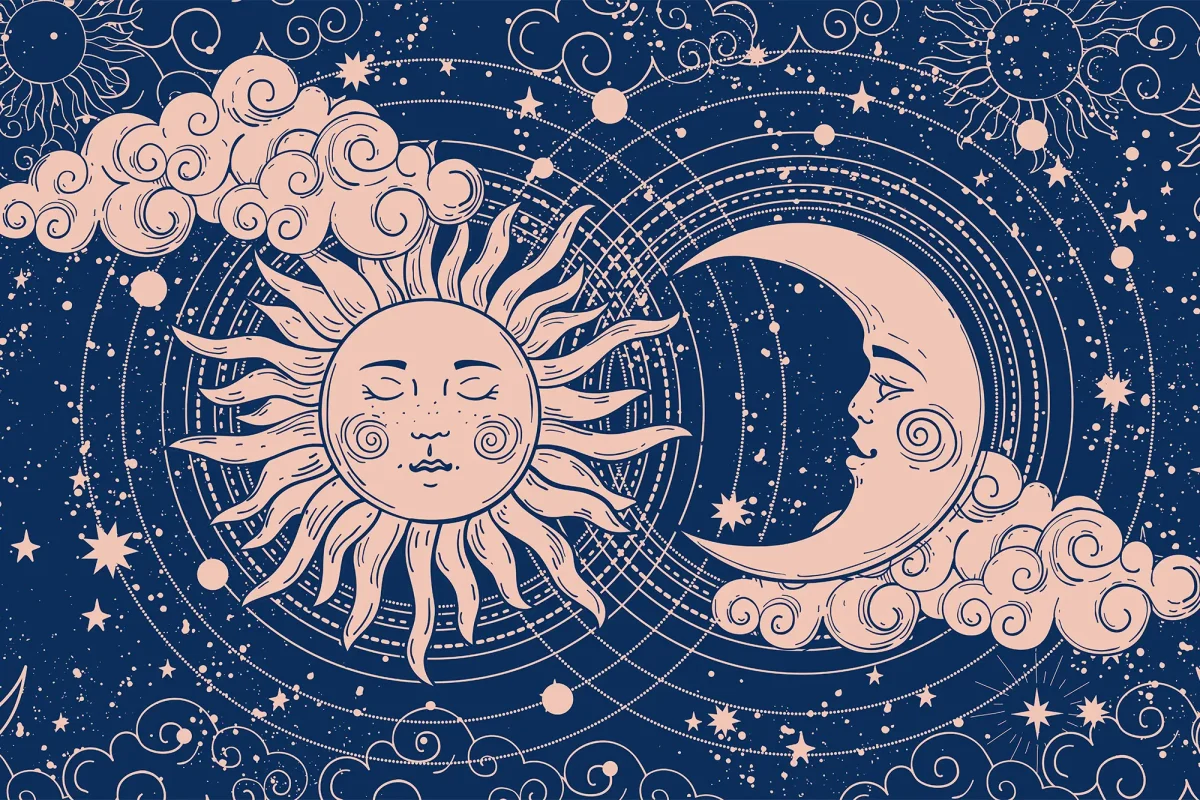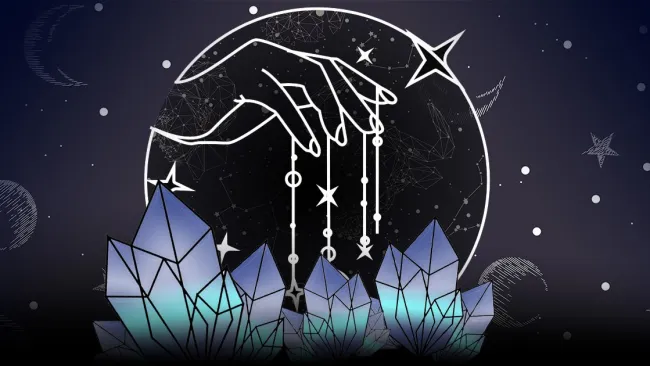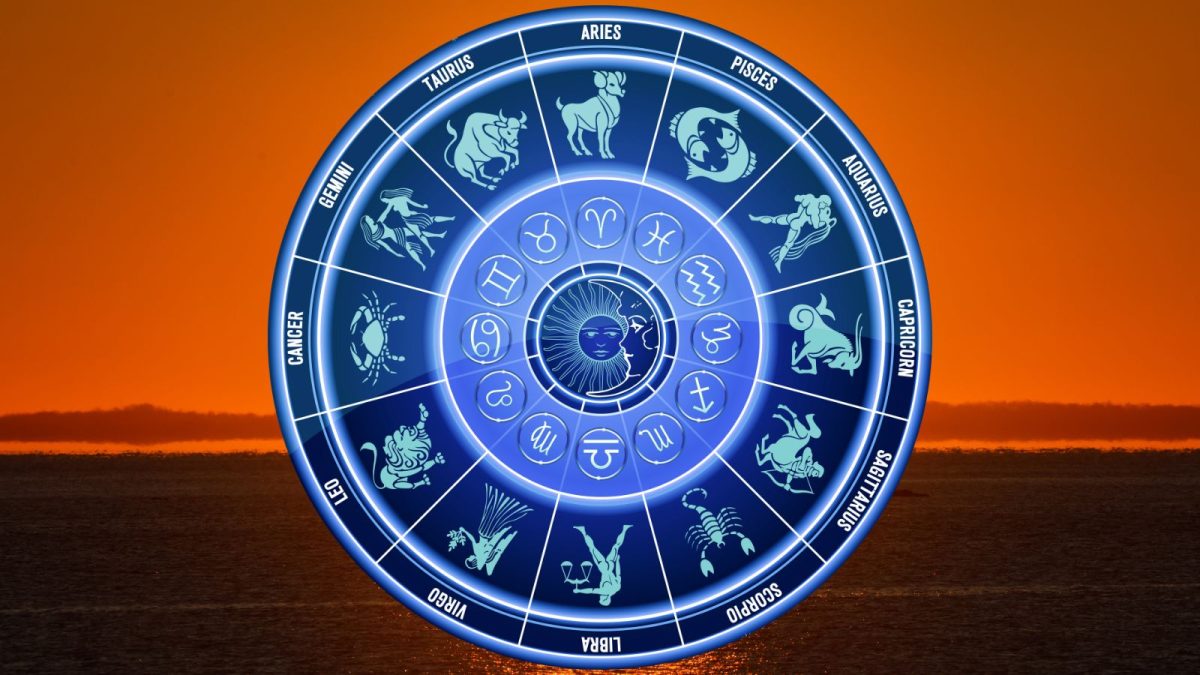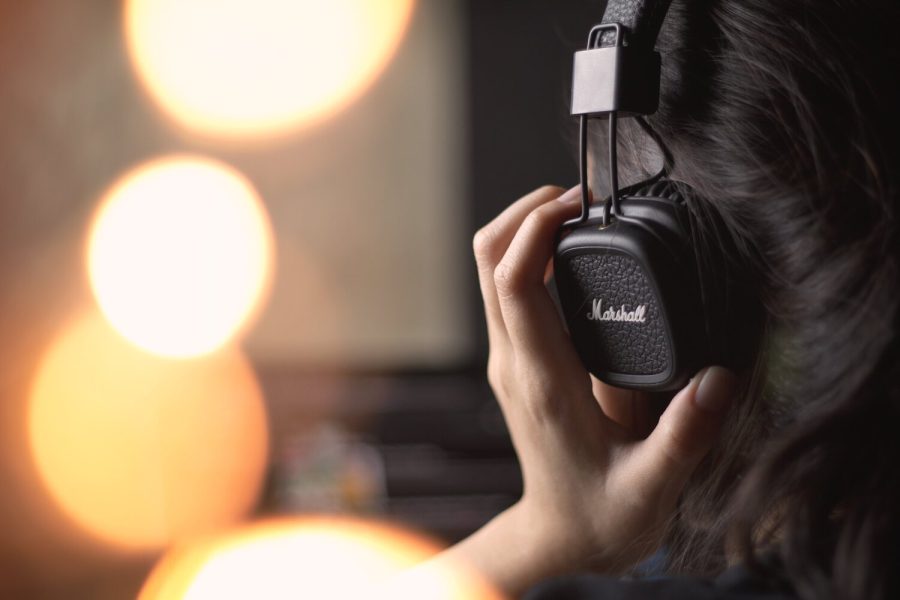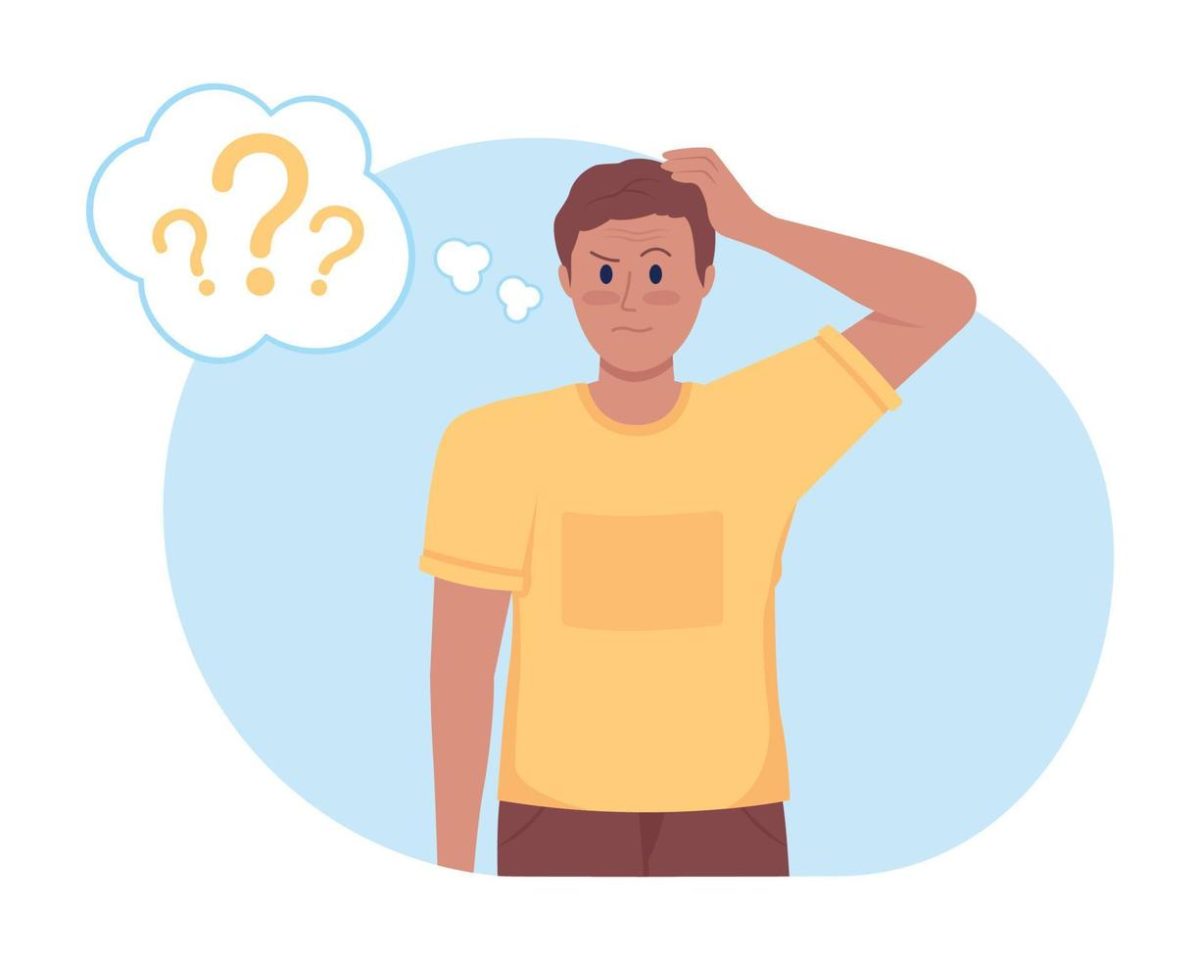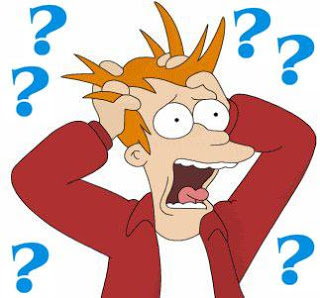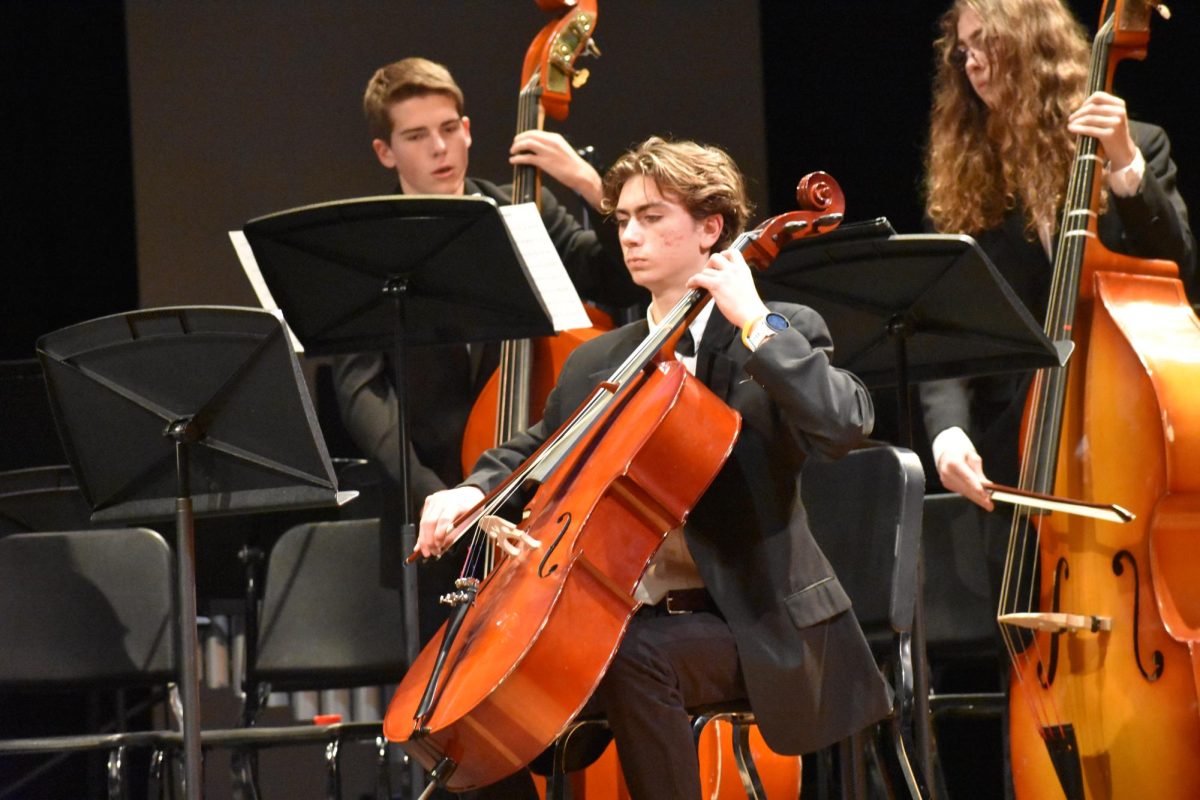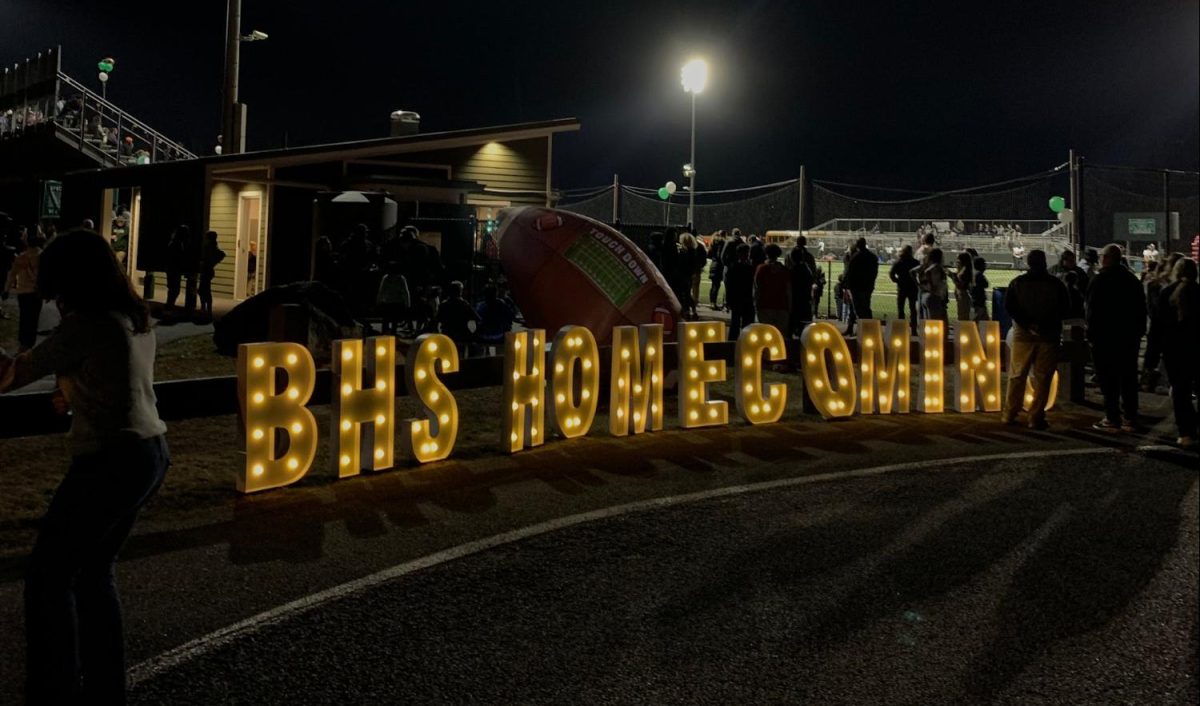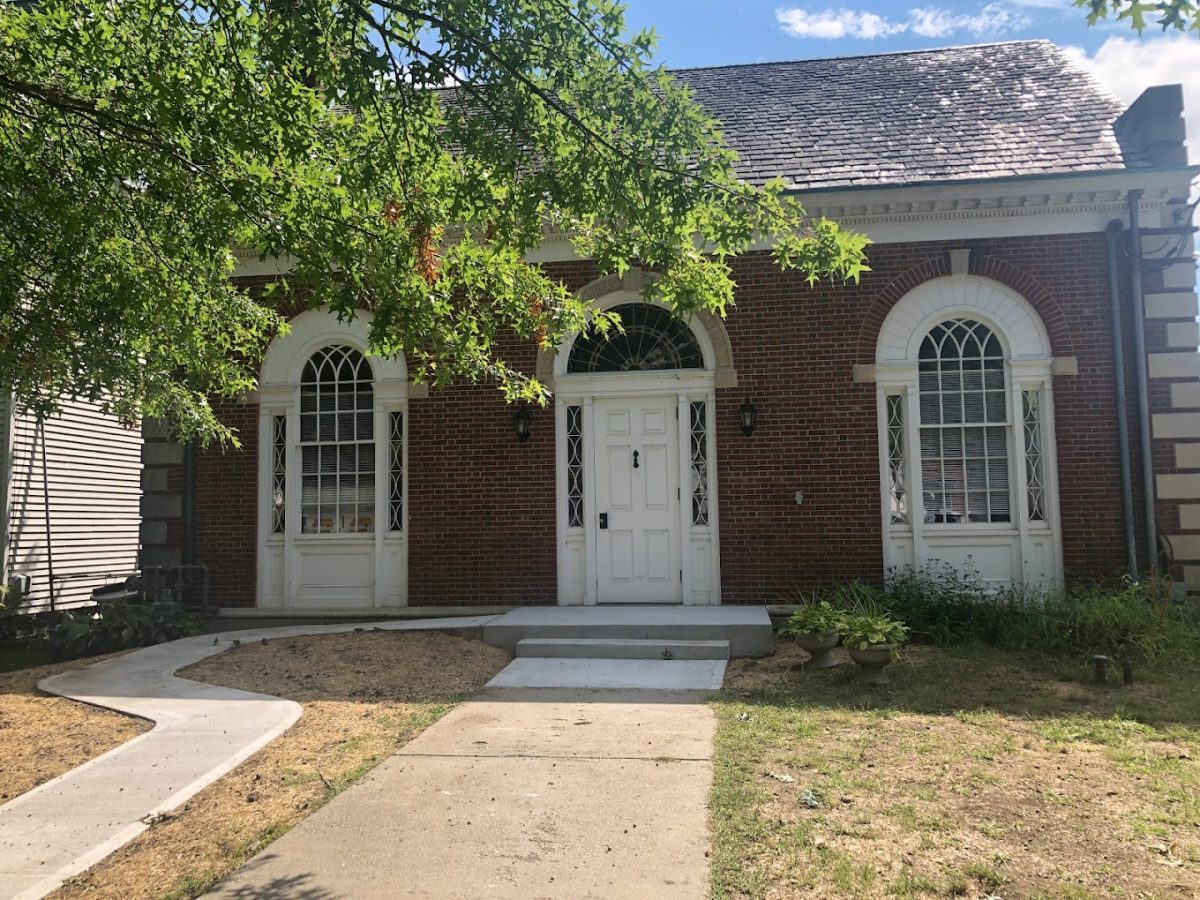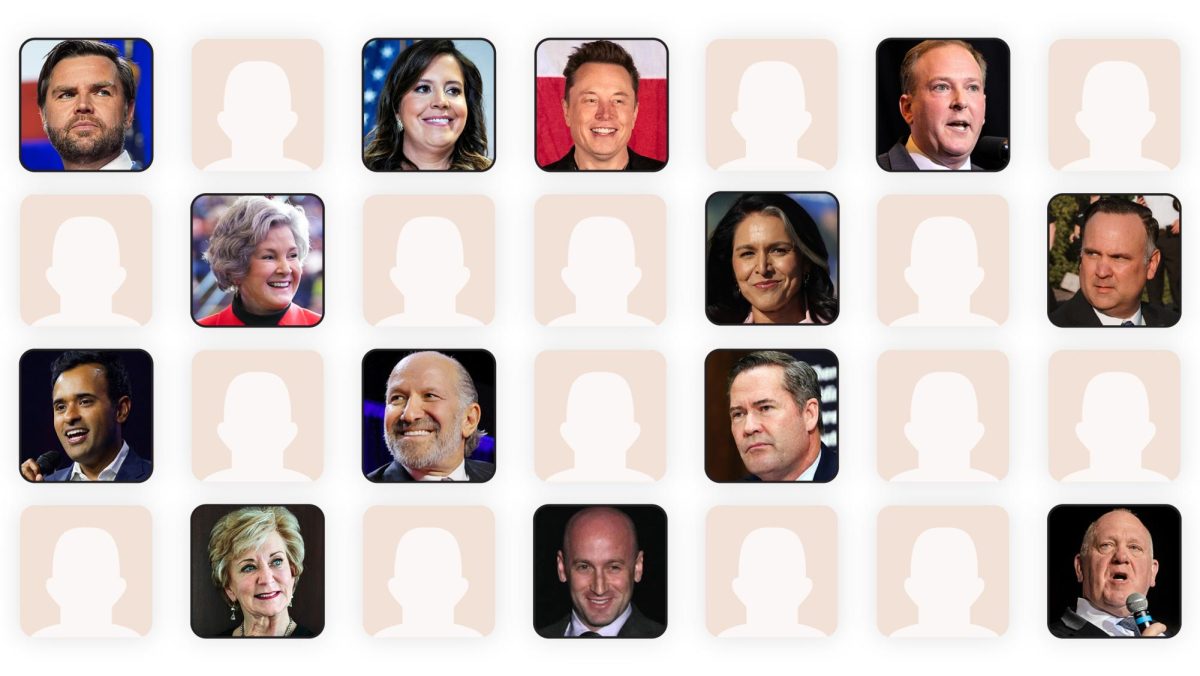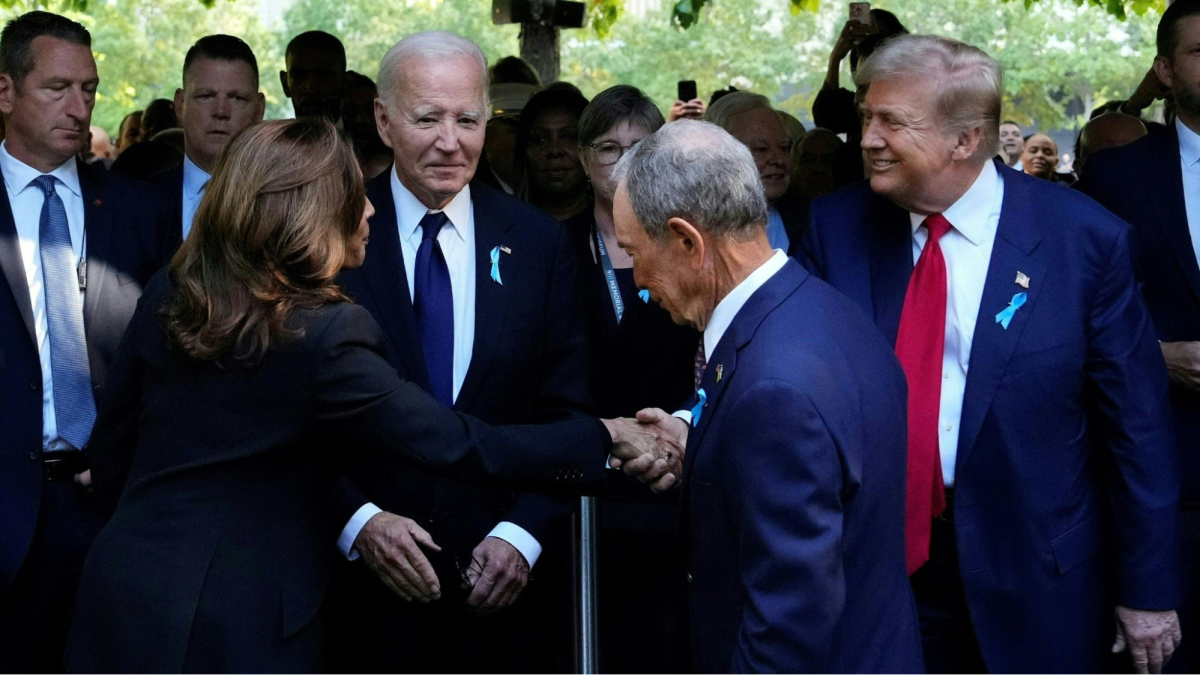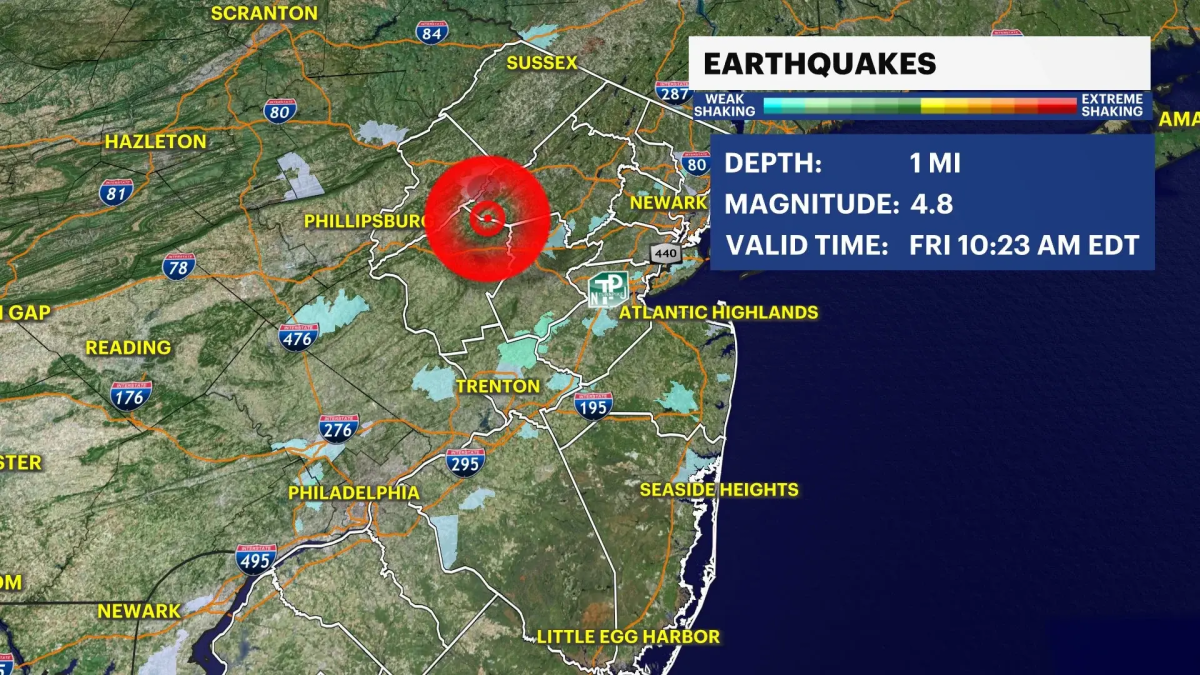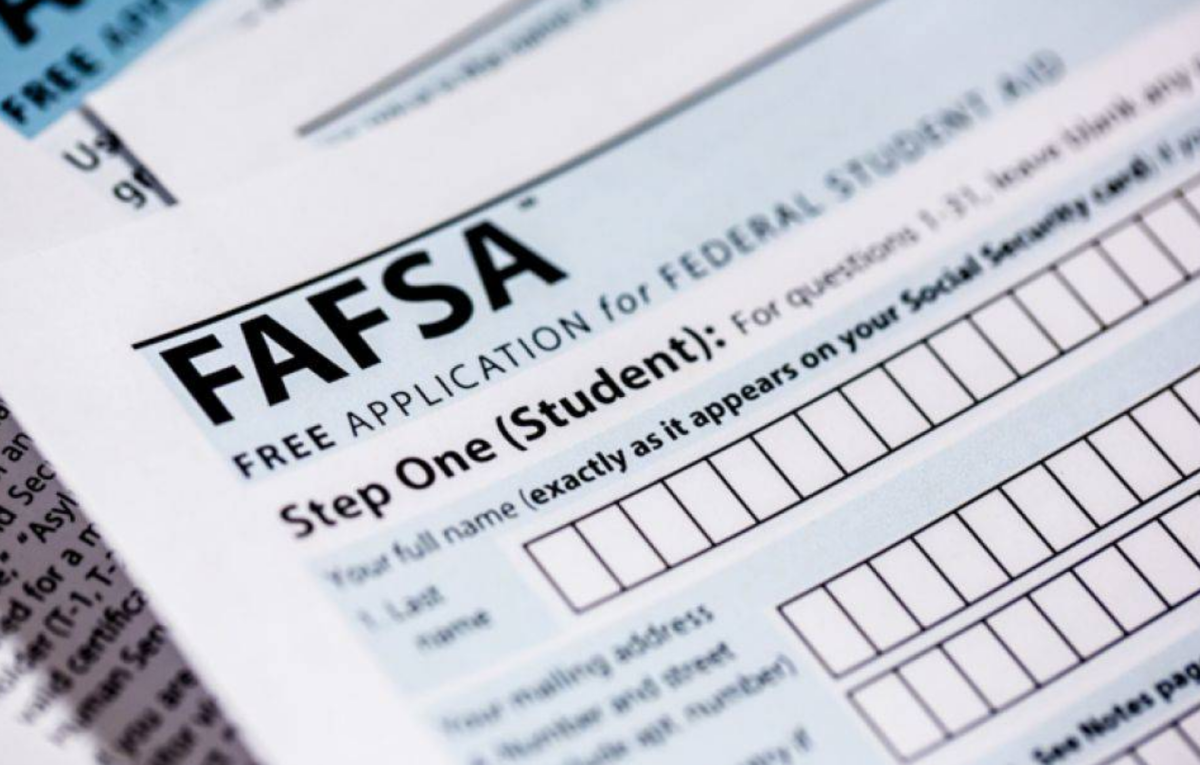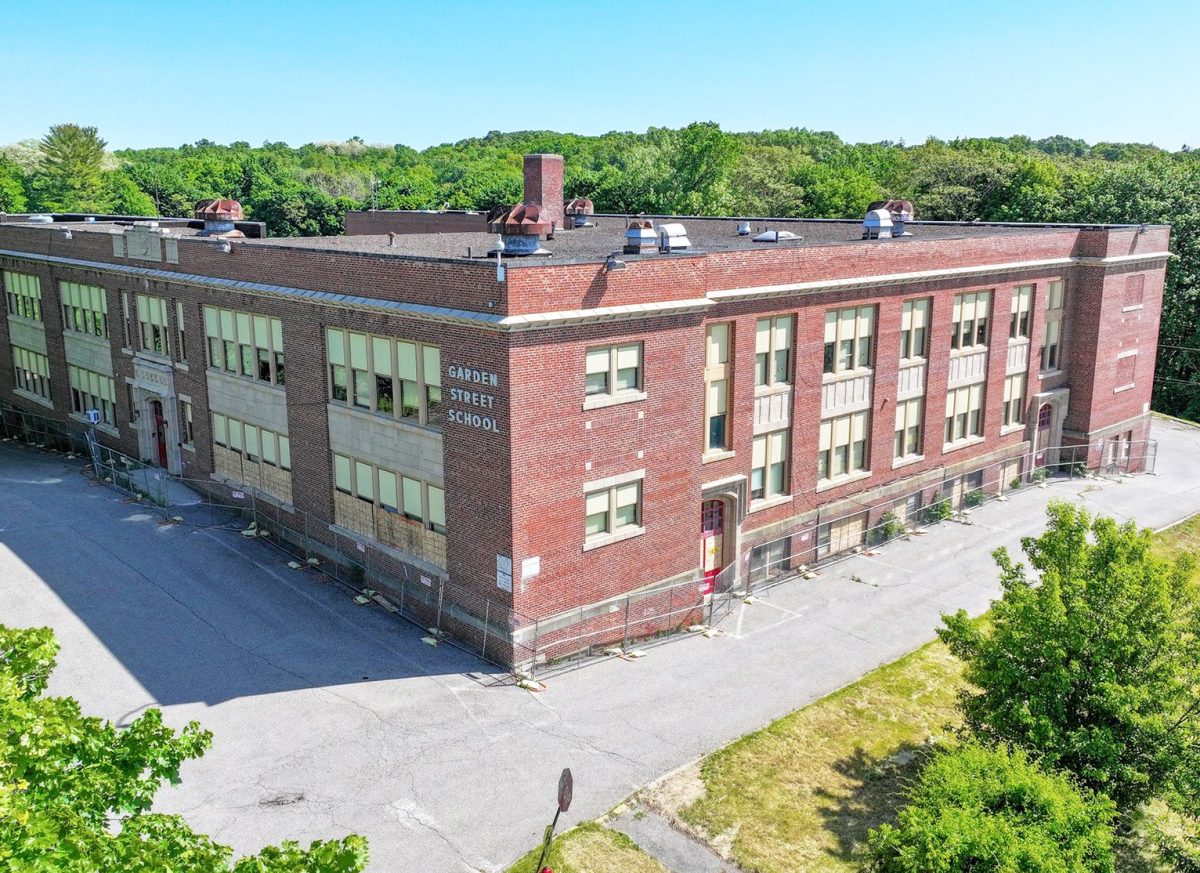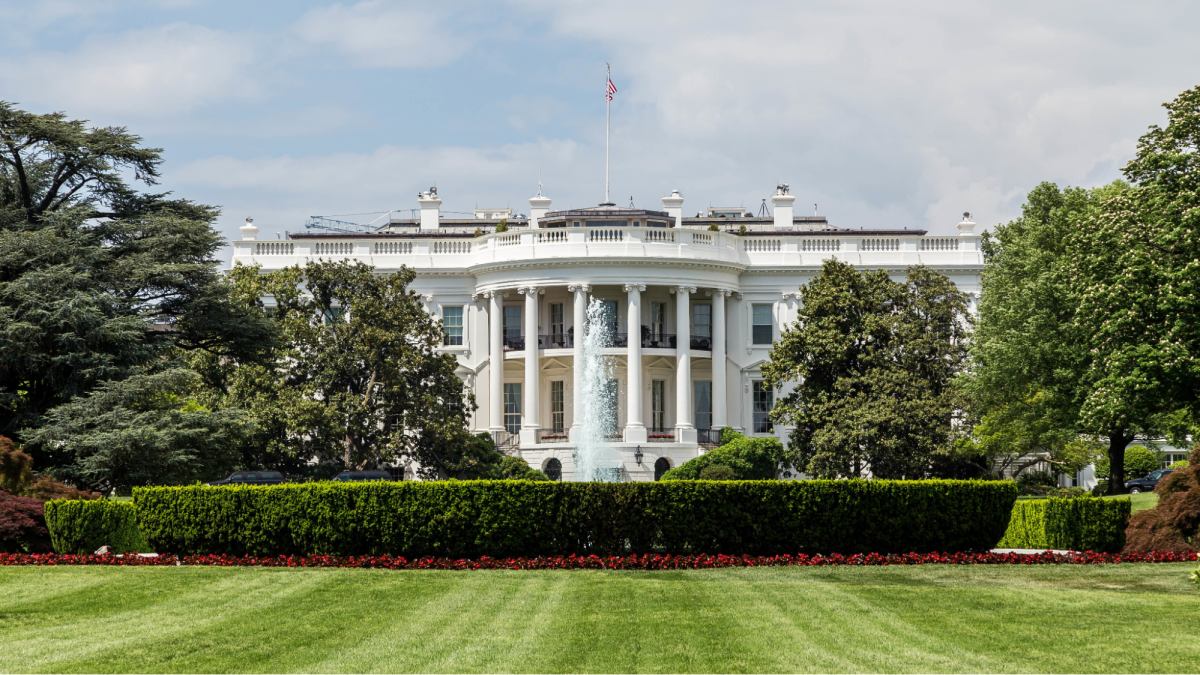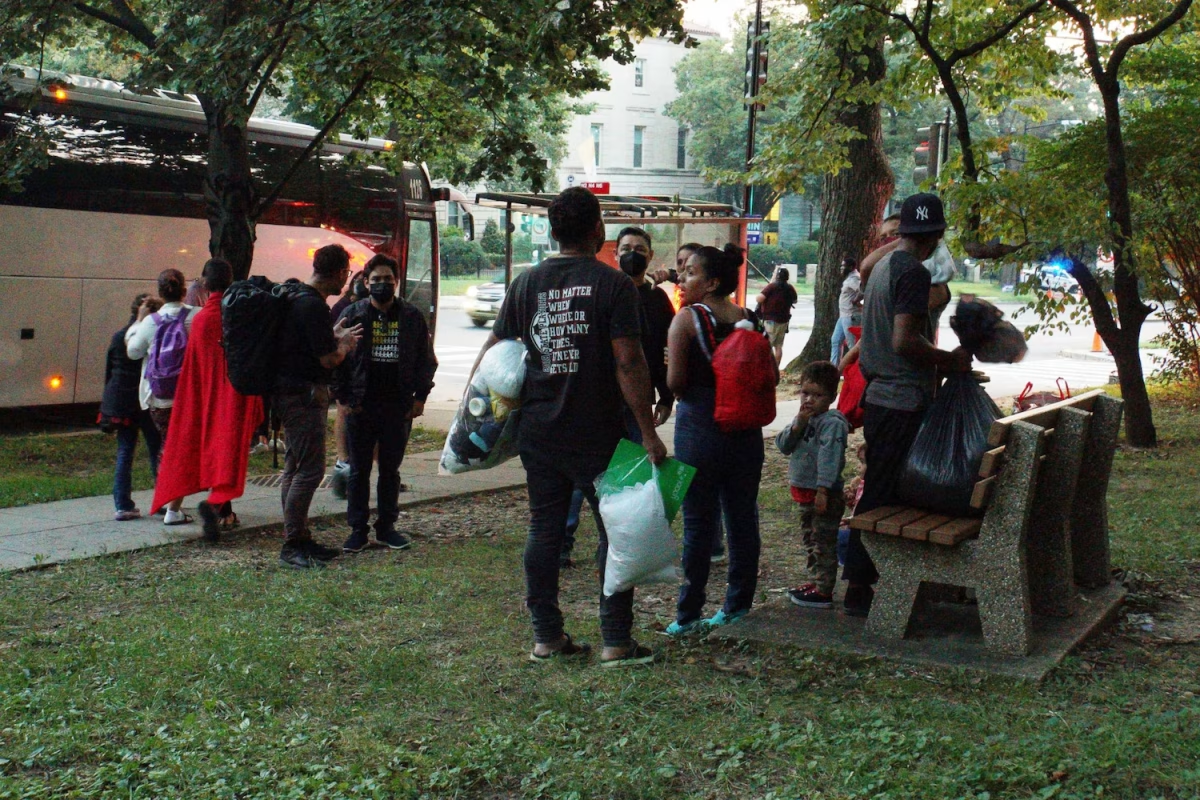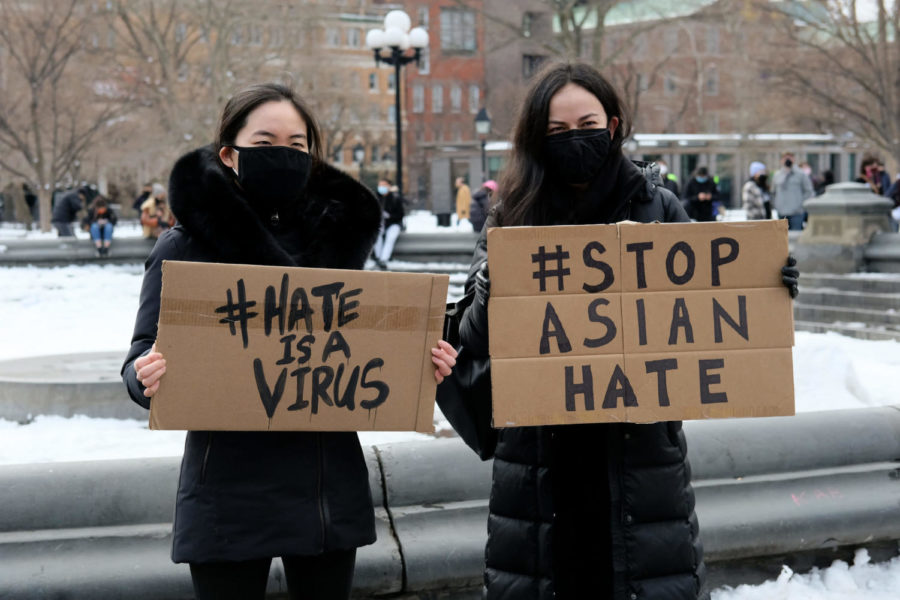Anti-Asian Racism: History and Future
May 3, 2021
On Tuesday, March 16th, in Atlanta, Georgia, a man went on a shooting spree, killing eight women. Of these eight, six were of Asian descent. This disproportionate number of Asian Americans killed seems to indicate at least a racial intent. The Atlanta police department has indicated that this may have been a sexually motivated shooting, directed at women (particularly Asian-American women) for refusing him as a whole (i.e. he’s an incel).
This shooting and the devastation which followed turned public scrutiny towards a new social issue in our ever fracturing United States– Anti-Asian hate. #AAPI, #StopAsianHate, and other prominent hashtags trended on social media for a few days following the shooting. Instagram activists soon began posting about Anti-Asian hate in the US. News outlets began covering these crimes in greater frequency because, indeed, and by any available metric, anti-Asian racism is rising in the United States. California State University indicated that Anti-Asian hate crimes rose 149% between 2019 and 2020. Stop AAPI Hate, a group responsible for activism on behalf of Asian-Americans, catalogued 3800 hateful acts against Asian-Americans in 2020. And every day, more colleges enter litigations as applicants accuse them of discriminatory standards against Asians.
Many view Anti-Asian hate as a new phenomenon. But the truth is that this form of racism has existed since the late 1800’s. Let’s examine where it started, how we got here, and where we can go from here.
As America industrialized in the mid 1800’s, the prospect of a new, free society attracted many people from the “Old World” (Eurasian supercontinent). Many residents of the old World, including those of East Asia, immigrated to the US. Desperate for work, they enlisted by the thousands in low-paying, back-breaking work, perhaps the first documented example of Anti-Asian discrimination in America. Chinese workers were enlisted by powerful railroad companies to construct the Trans-Continental Railroad, working in terrible conditions (thousands were killed or injured). They were paid less than white workers and were left to sleep in tents as white workers slept in trains.
As Asian immigration continued, serious concerns arose about the influx of Asian migrants. The white working class feared that these new foreigners would take their jobs and leave them with nothing. Local politicians capitalized on this xenophobia and began a period of serious nativism against Asian immigrants. Asian men were portrayed as sinister outsiders whose hard work would steal jobs from classic “Americans.” Asian women were portrayed as dirty sex workers who would sleep with anyone. The result? The “Chinese Exclusion Act,” passed by Congress in 1882, forbid any immigrant from China to enter the US and become a citizen (this act built upon a previous act which forbade Chinese women from entering the US). Though the act was repealed in 1943, Chinese immigration only truly became unrestricted in 1955, when racial barriers were abolished and the quota system removed (that’s only 56 years ago… our grandparents were alive for that).
The next major event in our history of Anti-Asian hate comes in the form of internment camps. Following our declaration of war against the Japanese Empire, President Roosevelt ordered the internment of thousands of Japanese Americans along the West Coast. They were to be placed in camps and contained until the war was over. While this idea may seem radical, the reasoning behind it is actually pretty familiar… FDR insisted that the Japanese were “foreigners” who “couldn’t be trusted,” and likely acted as spies for the emperor (paralleling today’s rhetoric regarding Muslim migrants). It’s easy to connect the dots between the rhetoric of the 1800’s and FDR’s order: both descend from the view of Asian immigrants being outsiders to American culture, a consistent generational narrative.
While overt systemic racism towards Asian-Americans faded during the 1960’s, like many other aspects of American society, the narrative surrounding Asians shifted. Instead of scorning Asian-Americans for their success, politicians weaponized it. Conservatives instantly switched to referencing the success of Asians in America in comparison to other, less-successful groups, particularly Black minorities (who, conservatives maintained, were lazy, crime-ridden, and unsuccessful). Constant comparison breeds resentment, and the Asian-American community and Black community turned on each other in the late 1900’s (that’s why discussing inter-group crime is criticized by many as a distraction). As such, Asian-Americans are frequently discriminated against by college admissions– because they are viewed as a group who found success, they must be pushed aside for those who have not.
Though conservatives quickly switched attitudes towards Asian-Americans from scorn to idolization, Asian women were never quite able to wash off the sex worker smear which had begun in the 1800’s (especially as many Westernized parts of Asia were experiencing a sexual revolution in their own right). They were often viewed as sexual objects, despite their resistance towards the idea. Combine this view with the attitude of idolization? Instead of Asian-American women being attacked for their supposed sexual nature, they were worshiped for it. Even today, some people view dating an Asian woman as a trophy-like accomplishment.
This brings us to Atlanta and to a man who has been culturally programmed that Asian American women are sexual objects, and who clearly has some extenuating issues beyond his love life.
And this isn’t going to stop, either.
America’s policy towards Asian-Americans has always been influenced by its foreign policy. Globally speaking, more signs indicate the emergence of China as a malicious actor on the world stage. Whether through their failure to contain the novel Coronavirus, their genocide against Uiygar Muslims, their neocolonialism in Africa and Southeast Asia, or their brutal response to Hong-Kong protests, the Chinese government is indicating that they have to plan to play lightly, and the US has indicated they hold China in contempt.
We’ve already seen some consequences from these events. The virus has been explicitly referred to as “Chinese” by conservatives including ex-President Trump (who called it the “kung-flu”). Nativism exploded, turning on Asian Americans with one message: “Go back to where you came from.” Asian Americans are viewed through a lens of distrust and fear. That’s why anti-Asian hate crimes rose so sharply from 2019-2020.
So what can we do?
Many will talk about sentimental stances to take like standing in solidarity with the Asian community, sharing resources, etc. While those are all good ideas, sentimentalism has never been my forte. Instead, I offer you this: work to separate ideas. Separate Asian-Americans from East Asian countries. Just as you don’t blame Italian-Americans for Italy’s failure to contain COVID, don’t blame Chinese-Americans for China’s failure to contain COVID. Work to separate stereotypes from reality. Not all Asian-Americans are upper-class. Not all Asian women are inherently sexual.
Approach each and every person you see as an individual, not as a subset of a group. Perhaps this can mitigate all the hate that we’ve seen, and all the hate that may come.



